After the Italian bees, the Carniolan Bees are the second most favored honeybee species by beekeepers.
What makes this species so popular?
In this blog post, we will discover the beneficial traits of the Carniolan honey bee, making it as well-known as it is now.
We will also explore how this bee species benefits beekeepers in many ways.
The Carniolan Bees
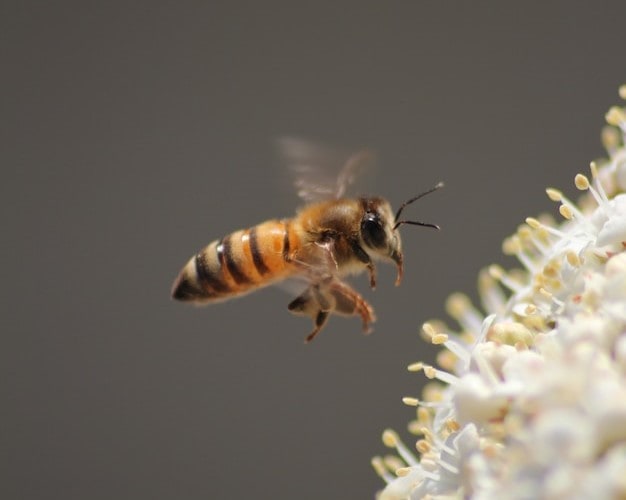
The species Apis mellifera carnica or Carniolan honey bee (or Carnica bee) is a subspecies of Apis mellifera or the Western or European honey bee.
It is one of the many types of bees that are native to South-Central Europe, specifically Slovenia, Austria, and other countries in the region.
Carniolan honey bees have adapted well to the cold climates in the area and have been known to successfully produce honey despite the cold weather.
Origin
The Carniolan honey bee originated from Carniola, a sub-region in Slovenia. As a native to the area, this subspecies of the Western honey bee has adapted to colder climates compared to other bee species.
Beekeepers in South-Central Europe favored the Carniolan honey bee for breeding due to their impressive traits. These bees have always proven their worth despite the challenging winters of central Europe.
Also fondly called “Carnies,” this species is highly regarded for its beneficial traits and behaviors.
It is believed that American bee enthusiasts imported the Carniolan honey bee sometime in the early 20th century. It was introduced to the U.S. at about the same time as the Italian Honey Bee.

Appearance
About the same size as the Italian bee, the Carniolan bee is distinguishable by looking at the bee’s anatomy.
Carniolan bees are darker with grey-brown colored abdomen. Hence, they are often referred to as the grey bee. Yellow or golden hair forms its body stripes, giving it a vibrant coloration.
Carniolan honey bees are relatively shorter, with robust bodies and longer abdomens. They also have more pronounced pollen baskets on their hind legs.
All these physical characteristics contribute to the efficiency of Carniolan honey bees, making them the second most popular honey bee species.
Another distinct characteristic of the Carniolan bee is its very long tongue, measuring up to 6.7 mm. This is believed to contribute to the bee’s ability to forage more than other honey bees.
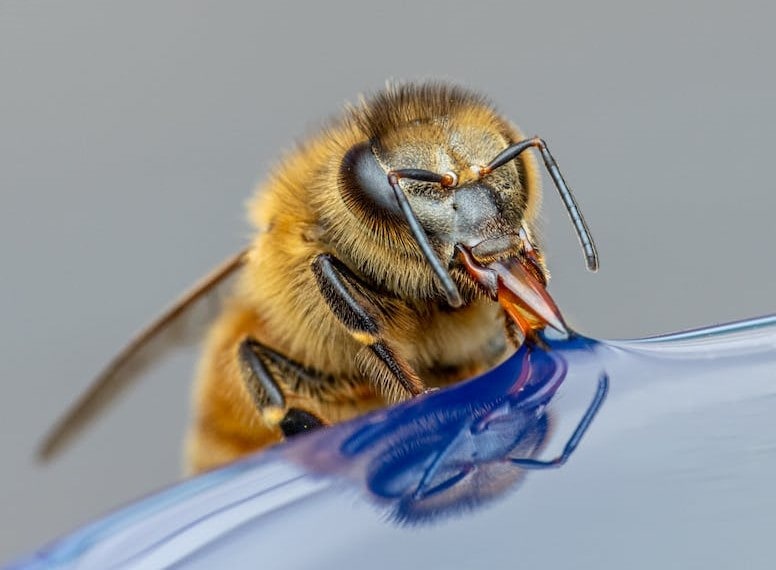
Positive Characteristics of Carniolan Honey Bees
The Apis mellifera carnica or Carniolan honey bees possess a variety of positive characteristics that make them highly favored among beekeepers.
Great Sense of Direction
One of the most notable positive characteristics of Carniolan bees is their excellent sense of direction. It allows them to navigate wide areas longer in search of pollen and nectar to forage.
Despite the distance from the hive to the nectar source, a Carniolan bee has the remarkable ability to find its way back home.
Even in challenging areas where other bees could easily get lost, the Carnica bee can navigate unfamiliar territories with ease.
This ability to gather nectar and honey even from unfamiliar settings allows Carniolan honeybees to bring more back to the hive.
Good Honey Producers
In addition to their superior sense of orientation, Carniolan bees are also great honey producers.
These bees are known for their impressive brood production. A research study showed that Carniolan bees have impressive brood production capability compared to other subspecies of the Western Honeybee.
All year round, Carniolan queens continue with brood production, matching high nectar availability with high worker populations. During the honey flow season, the strong worker bee populations are able to work more under all foraging conditions.
Due to the growth of strong workers in the colony, these bees are able to work when available forage is in sight. This exceptional productivity results in better honey production.
The same study mentioned above showed that Carniolan honey bees produce more honey compared with other bees raised under the same conditions.
Another study undertaken in eastern Saudi Arabia also showed the high productivity of the Carniolan bee in honey production despite the long, hot summers of the region.
Compared to other subspecies of the Apis mellifera, Carniolan honey bees are also known for their great sense of nectar flow locations. This ability allows them to gather more nectar and honey for the whole colony.
It also allows them to have enough stored honey that would get them through the winter when nectar ceases to be available.
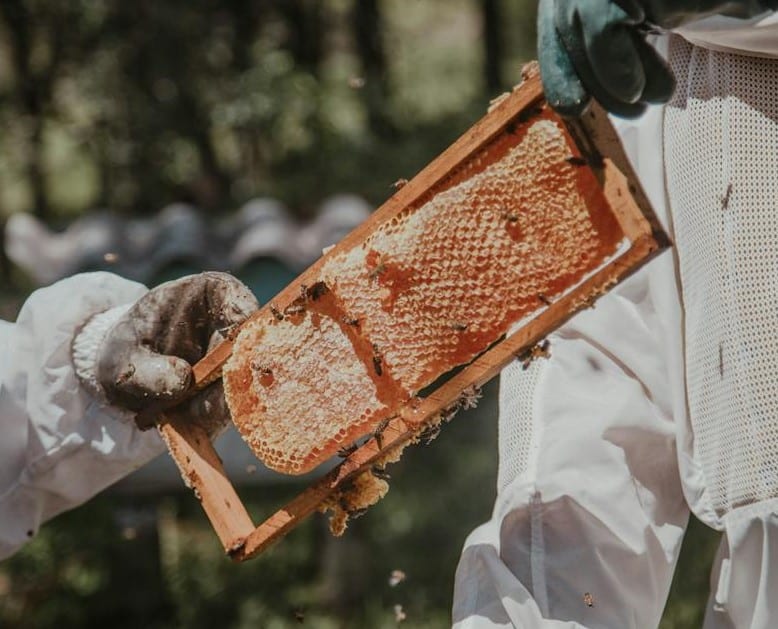
Good Pest Resistance
Carniolan honey bees are also known to have excellent resistance to pests. These honeybees have developed a natural defense mechanism against common pests, like the hive beetle.
The hive beetles are known to plague colonies and debilitate hives by eating honey, wax, and even bee larvae.
The pest resistance ability of Carniolan honeybees is attributed to their hygienic behavior. As these bees diligently remove sick and dead bees from the colony, any potential source of contamination is eliminated. This behavior prevents pests and insects from thriving within the colony.
Ability to Thrive in Colder Climates
Another positive characteristic of Carniolan bees is their ability to thrive in cold climates. As natives of Central and Eastern Europe, these bees have adapted to living in cold conditions and can withstand cold winters.
During the winter, the winter bees form clusters to actively generate heat within the hive and keep the colony warm. So, despite the freezing temperature outside the hives, winter bees are able to survive. The Carniolan honeybees are good at this adaptation.
Also, these bees are known for adjusting worker populations during the winter to keep up with their supply of winter food stores.
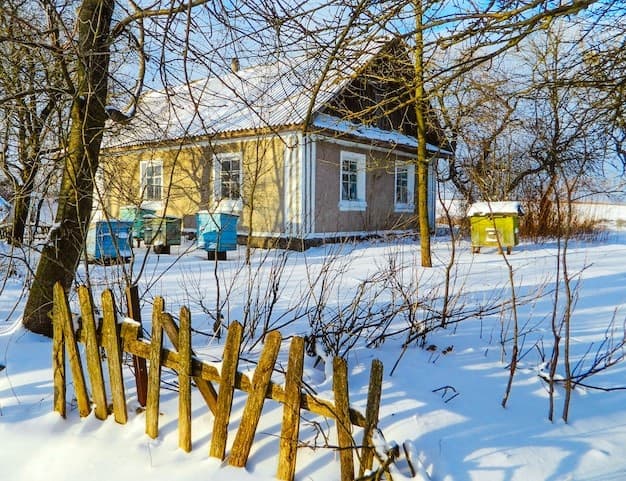
Remarkable Hygiene
Added to the list of the positive traits of Carniolan bees is their remarkable hygienic behavior. These bees are known to be adept at cleaning out their hives and keeping their homes clean.
A study showed that, in comparison to the Asian honey bee (Apis cerana), the Apis mellifera carnica bees were more able to maintain a clean bottom board in their hives.
This hygienic trait contributes to the overall health of the hive, minimizing the risks of brood diseases and pest infestations, such as the hive beetle and tracheal mites.
Gentle Temperament
The Carniolan bee is known to have a gentle disposition. The extremely gentle temperament of these bees makes them easier to handle and manage. As such, they make an ideal choice for both seasoned and new beekeepers alike.
Many beekeepers adore the bee’s docile nature as it allows for easier hive inspections and maintenance.
They are able to accomplish hive management without much fear of getting bee stings.
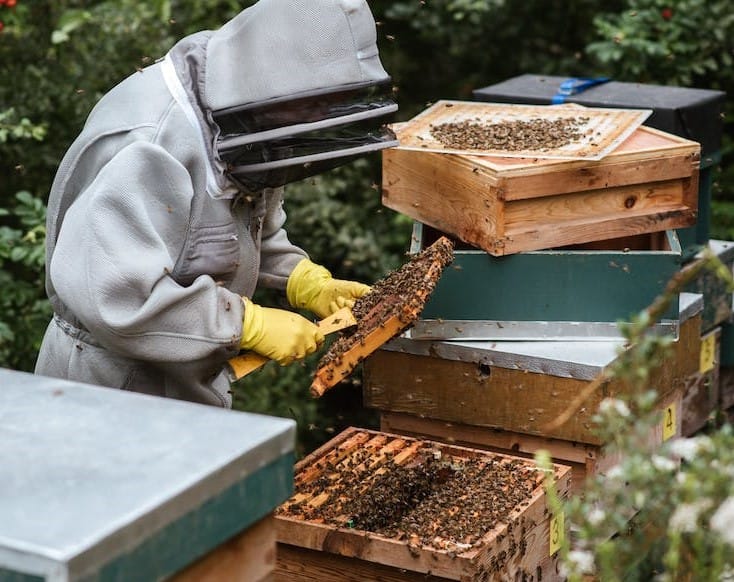
Great Hive Defense
Another exceptional behavior of Carniolan honey bees is their effective defensive system. This bee species has exceptional hive defense abilities for protecting the colony from potential threats, be it predators or intruders.
Carniolan bees’ great hive defense is attributed to the species’ coordination and effective response to potential threats.
Their immediate reaction to perceived dangers enables them to communicate with each other immediately and quickly release the alarm pheromone.
The moment the colony identifies the pheromone, it transforms into an army of bees, ready to defend the hive. A group of bees would form a tight swarm and surround the threat.
Despite their gentle disposition, the Carniolan bees would not hesitate to use their stingers to ward predators off from attacking the hive. The bees’ collective efforts have always proven effective in protecting the hive, ensuring the colony’s survival.
Negative Traits of Carniolan Honey Bees
The Carniolan honey bees may have many admirable qualities. Still, they are not without negative traits.
Here are the most common disadvantageous characteristics of Carniolan bees.
Prone to Swarming
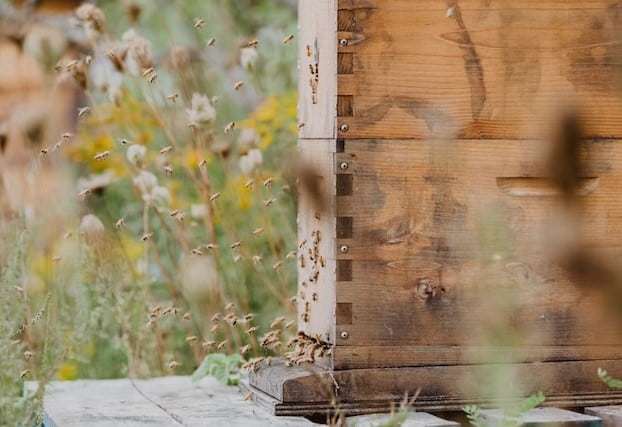
Carniolan bees have the inclination to leave their hives and swarm. Carniolan queens tend to go with a substantial number of bees during swarming. They leave the hive in search of a new location to establish a new colony.
While swarming is a natural behavior that usually happens when the hive is overcrowded, it results in the loss of a number of worker bees.
It can, therefore, affect honey production. The fewer the number of foragers and worker bees, the less honey would be produced.
Constant beehive monitoring can help a beekeeper stop swarming by splitting the hive before the bees decide to do it on their own.
Need for More Feeding
One other potential negative impact when you have Carniolan honey bees is their propensity to consume honey stores more quickly compared to other bee species.
This behavior can be quite disconcerting when there is a lack of available forage, during nectar dearth, or during a long winter.
Despite the ability to manage brood production, natural climatic conditions are often unpredictable. The bees’ brood-rearing reduction activities may not be enough to keep them from starving.
As it might take a long time for these bees to go out come early spring, every beekeeper must ensure that the hive has enough honey stores to save the colony. Otherwise, one needs to provide supplemental feeding.
Needs Queen Marking
The Carniolan queen bee needs marking. With the species’ dark coloring, finding the queen bee among the worker population would be hard.
Hence, when you have Carniolan bees, you need to mark the queen to keep up with hive monitoring and management.

Italian Honey Bee vs. Carniolan Honey Bee
Both the Italian honeybees and Carniolan honeybees are two distinct subspecies of the European honey bee (Apis mellifera). Most beekeepers favor the Italian honey bee, while the Carniolan honey bee comes second.
Both bee species are popular when it comes to commercial beekeeping. However, these two have differences that are worth noting.
Here are a few differences between Italian bees and Carniolan Bees:
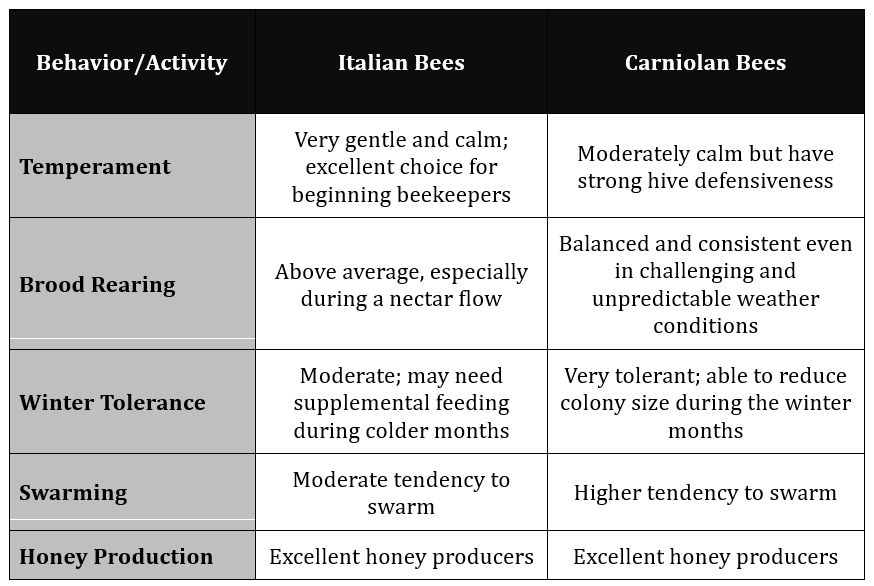
Final Thoughts
Today, Carniolan honeybees can be found all over the world, from Europe to North America, the Middle East, and beyond. Their adaptability to different climates has made them a favored choice for beekeepers.
Additionally, their calm temperament has made them popular among beekeepers who are looking to maintain bee hives in urban environments.
The Carniolan honey bee is an extraordinary honeybee species capable of thriving not only in cold climates but in variable conditions.
With their excellent sense of orientation, steady brood production rhythm, high honey yield, and hygienic behavior, they have become a top choice for experienced beekeepers and novices alike.
Whether you’re a beginner or an experienced beekeeper, introducing Carniolan bees to your hive can bring numerous benefits and ensure a successful and rewarding beekeeping venture.
